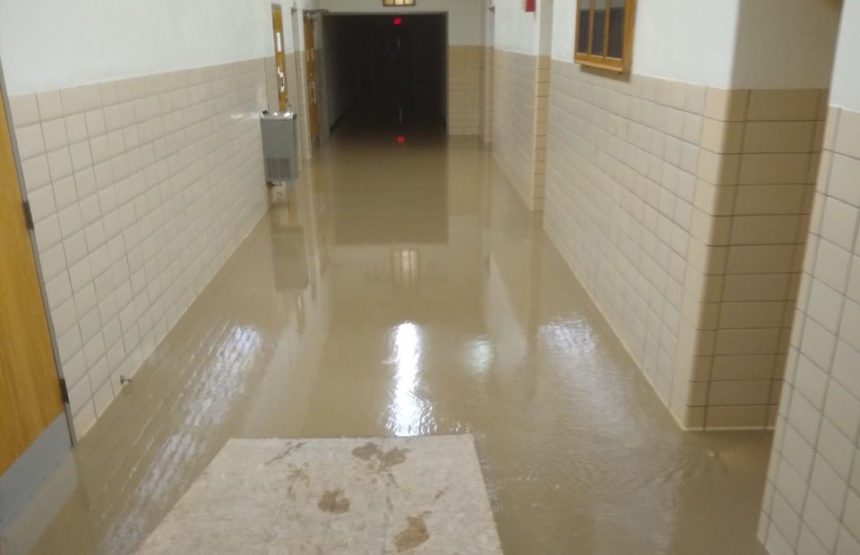Tips On How To Prevent Sewage Backup
Sewage backup can be a homeowner’s worst nightmare, leading to costly repairs, health hazards, and significant inconvenience. While sewage backups can occur due to various reasons such as blockages, tree roots intrusion, or aging sewer lines, there are proactive measures homeowners can take to prevent such disasters. In this comprehensive guide, we’ll delve into maintenance tips and strategies to help homeowners safeguard their properties against sewage backup.
Understanding the Causes of Sewage Backup
- Blockages: Accumulation of grease, debris, or foreign objects in sewer lines.
- Tree Roots Intrusion: Tree roots seeking moisture and nutrients can penetrate sewer lines, causing blockages and structural damage.
- Old or Damaged Sewer Lines: Aging sewer lines may deteriorate over time, leading to cracks, leaks, and eventual backups.
- Heavy Rainfall: Excessive rainfall can overwhelm sewer systems, causing backups and overflows.
Prevention Tips for Homeowners
Regular Inspection and Maintenance
- Inspect Sewer Lines: Schedule regular inspections by a professional plumber to assess the condition of sewer lines and identify potential issues.
- Check for Tree Roots: Monitor trees and shrubs near sewer lines and consider professional root pruning to prevent intrusion.
- Invest in Sewer Line Camera Inspection: Utilize advanced technology such as sewer line camera inspection to detect blockages, cracks, or tree roots intrusion within sewer lines.
Proper Waste Disposal Practices
- Avoid Flushing Non-Biodegradable Items: Dispose of hygiene products, paper towels, wipes, and other non-biodegradable items in the trash rather than flushing them down the toilet.
- Dispose of Grease Properly: Never pour grease or cooking oil down the drain; instead, collect and dispose of them in the trash or recycling.
- Use Drain Strainers: Install drain strainers in sinks, showers, and tubs to prevent hair, food particles, and debris from entering the drain pipes.
Maintenance of Plumbing Fixtures and Appliances
- Regularly Clean Drains: Implement routine drain cleaning using eco-friendly drain cleaners or homemade solutions to prevent buildup and blockages.
- Maintain Plumbing Fixtures: Check for leaks, loose connections, and signs of corrosion in plumbing fixtures such as toilets, sinks, and washing machines.
- Upgrade Plumbing Systems: Consider upgrading plumbing fixtures and appliances to water-efficient models to reduce strain on sewer lines and minimize the risk of backups.
Proper Landscape Management
- Strategic Planting: Avoid planting trees and shrubs with aggressive root systems near sewer lines to prevent root intrusion.
- Root Barrier Installation: Install root barriers or barriers made of metal or plastic to deter root growth toward sewer lines.
- Regular Landscape Maintenance: Keep landscaping features such as mulch beds, flower beds, and grassy areas well-maintained to prevent debris buildup and root intrusion.
Backup Prevention Systems
- Install Backwater Valves: Consider installing backwater valves in sewer lines to prevent sewage from backing up into the home during heavy rainfall or sewer system overloads.
- Sump Pump Maintenance: If your home is equipped with a sump pump, ensure regular maintenance and testing to ensure proper functionality during periods of heavy rainfall or flooding.
Emergency Preparedness
- Know the Location of Shut-Off Valves: Familiarize yourself with the location of main water shut-off valves and sewer line cleanouts in case of emergencies.
- Emergency Contact Information: Keep a list of emergency contact numbers for plumbers, restoration companies, and local authorities in case of sewage backup emergencies.
Conclusion
Preventing sewage backup requires proactive maintenance, proper waste disposal practices, and strategic planning. By implementing the maintenance tips outlined in this guide, homeowners can significantly reduce the risk of sewage backups, protect their properties, and ensure the health and safety of their families. Remember, early detection and prevention are key to mitigating the costly and disruptive effects of sewage backups. Stay vigilant, invest in regular maintenance, and be prepared to address any potential issues promptly. With these measures in place, homeowners can enjoy peace of mind knowing their properties are safeguarded against the threat of sewage backup.

